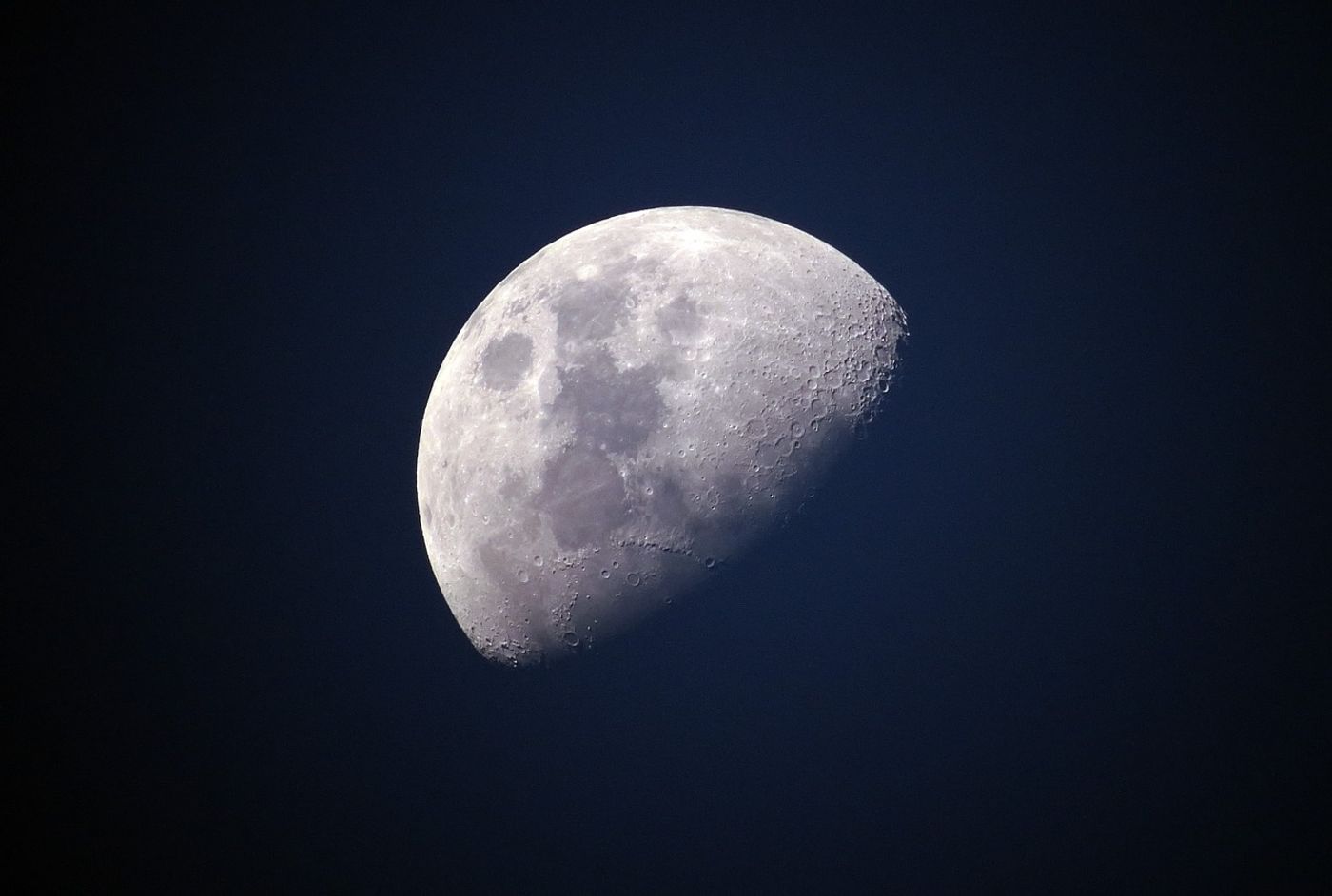U.S. and Russia Will Work Together to Build the First Lunar Space Station
NASA and space agencies from all around the world share the eventual goal of pushing humanity’s footprint far beyond Earth in our solar system. While Mars is an ultimate goal for everyone, it makes sense to take baby steps toward such an adventurous and dangerous task. The Moon, which resides right in our stellar backyard, seems like a great place to start.
Image Credit: Ponciano/Pixabay
In an announcement made just this week, both Russia and the United States revealed plans to work together in developing the first lunar-orbiting space station. It would be a step up from the International Space Station because it’s further in space than the current orbiting space lab is, but it would still be close enough that we could get to and from the lab in an emergency.
NASA will lead the project, and Roscosmos will follow. Both agencies, which frequently collaborate on crewed missions to the International Space Station, have a good idea of what they need to make everything fall into place, so it’s up to the two to collaborate and develop a floor plan for the lunar-based space lab.
Related: The ESA wants to build its own lunar base by 2030
“NASA is leading the next steps into deep space near the moon, where astronauts will build and begin testing the systems needed for challenging missions to deep space destinations including Mars,” NASA said in a statement.
“The area of space near the moon offers a true deep space environment to gain experience for human missions that push further into the solar system, access the lunar surface for robotic missions but with the ability to return to Earth if needed in days rather than weeks or months.”
Related: Russia wants to build a lunar base by the 2030's
NASA and Roscosmos have already reportedly agreed on docking standards for the new space lab, but there’s still much work to be done. There’s no ETA for the space lab will be complete, but development could begin as soon as 2020 while modules for the space lab could be ready as soon as 2026..
Because both nations are familiar with one another’s methods in space, the new initiative should spell out two very different countries working together to achieve a common goal.
The result should yield a more advanced space lab that will be used to propel scientific space research in the face of an aging International Space Station that NASA could one day rent out to commercial companies for private purposes.
It should be interesting to see how this plan pans out.
Source: Phys.org, The Guardian









